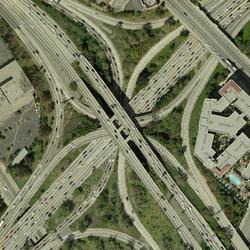Using the EarthExplorer Bulk Download Web Application (BDWA)
Using the EarthExplorer Bulk Download Web Application (BDWA)This video covers the Bulk Download Web Application or BDWA, which allows you to download large quantities of satellite imagery and geospatial data. The BDWA is web based and compatible with Google Chrome and Microsoft Edge. No additional downloads are required to use the BDWA.








